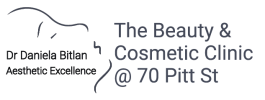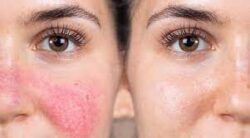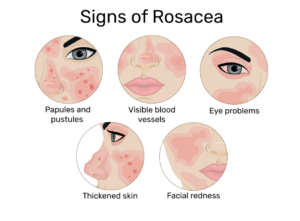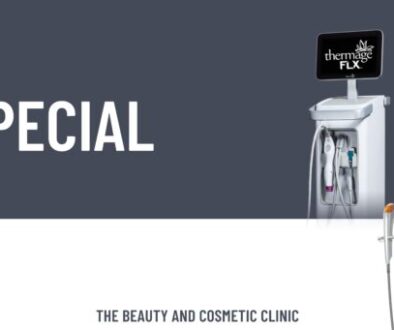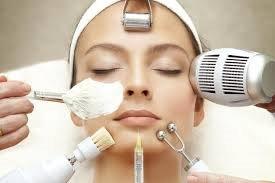A Novel Approach to Facial Rosacea
With Dye Pulse Laser (DPL) and Low Dose Antibiotics
Rosacea is a common chronic inflammatory skin condition that affects millions of people worldwide. It is characterized by facial flushing, persistent redness, and various clinical signs such as visible blood vessels and acne-like breakouts.
Here are the most common symptoms of facial rosacea:
- Flushing: The skin turns red for a short period.
- Persistent facial redness: The skin remains red for a long time.
- Visible blood vessels: Small blood vessels become visible on the skin.
- Papules and pustules: Acne-like breakouts with small red bumps and pus-filled bumps.
- Thickened skin: The skin becomes thicker, especially on the nose.
Other symptoms associated with rosacea include sensitive skin, dry and rough skin, raised red patches, and facial swelling.
These symptoms may lead to negative emotions such as inferiority complex, increased psychological pressure, and greatly reduced quality of life.
Treatment and Management:
While there is no cure for rosacea, various treatment options are available to manage its symptoms and improve the overall appearance of the skin.
The commonly used clinical treatment of rosacea is oral or topical medication which has antibacterial and anti-inflammatory effects. However, these treatments can irritate the skin and cause tolerance which makes them less effective. In addition, when the compliance is not high, it is difficult to achieve a good treatment result.
Recent studies have shown that although the use of simple drugs in the treatment of rosacea has a certain effect, the result is poor, so it is necessary to combine oral antibiotics with laser therapies.
In recent years, narrow-spectrum intense pulsed light (Dye pulsed light, or DPL) has become the main physical modality used in the clinical treatment of rosacea and is more easily accepted by patients. DPL can accurately deliver intense pulsed light therapy spectrum to the lesion area, which is precise and targeted and can effectively improve vasodilation, papules, pustules, and erythema caused by rosacea.
In addition to the laser/ antibiotic treatment patient education is of utmost importance, with regards to:
Skincare Routine: Gentle skincare practices, including using mild cleansers, avoiding harsh products, and protecting the skin from sun exposure, can help manage symptoms and prevent flare-ups.
Lifestyle Modifications: Identifying and avoiding triggers that worsen symptoms, such as spicy foods, alcohol, and extreme temperatures, can help minimize flare-ups. Dietary assessment, especially with regards to gluten sensitivity, is also important.
In conclusion: Rosacea is a serious medical condition that is often underrecognized and undertreated. It is not just a cosmetic problem but has underlying inflammation and vascular reactivity. Early diagnosis and personalized treatment can improve symptoms and prevent needless suffering.
Recent studies have shown that DPL combined with oral antibiotics has an obvious positive effect on the treatment and improvement of rosacea, with high safety and few adverse reactions and can effectively improve the clinical symptoms, prognosis and quality of life of patients.
